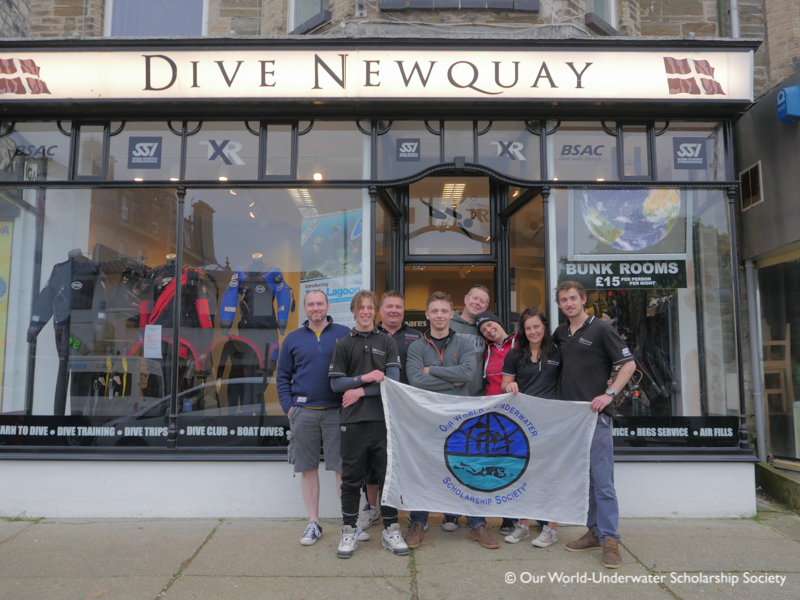———————————
PSA: Be sure to follow the new European Rolex Scholar Facebook page for more regular updates on my adventures and those of future EU scholars. 😀
———————————
Shortly after my return from New York and the official start of my scholarship year, I found myself cautiously peering around the curtains of a caravan, staring out at a rough and unwelcoming sea. “It’s looking pretty bad out there” I said to Mark and Saeed, who were also sheltering from the howling wind and lashing rain. “Pretty bad?” I then thought to myself. What an almighty understatement.
I was at ScubaFest in Cornwall, and having completed a first aid course in nearby Plymouth just a few days earlier, I decided to spend the subsequent weekend hanging out with fellow divers, meeting and greeting many of the people that make up the backbone of the British diving industry. The plan was to also try and sneak in a few shore dives from Pentewan Sands – the base camp for the festival. I was pretty optimistic. After all, glorious sunshine and millpond waters had been the norm for the south coast for much of the last seven days. But oh how foolish of me. As you might expect, the not-so-great British weather had far less cooperative plans in store. Torrential rain, choppy surf, and up to 36 mph winds blowing onshore were forecast for most of the weekend. Bummer! It didn’t look like much scuba was to be had at this year’s ScubaFest.
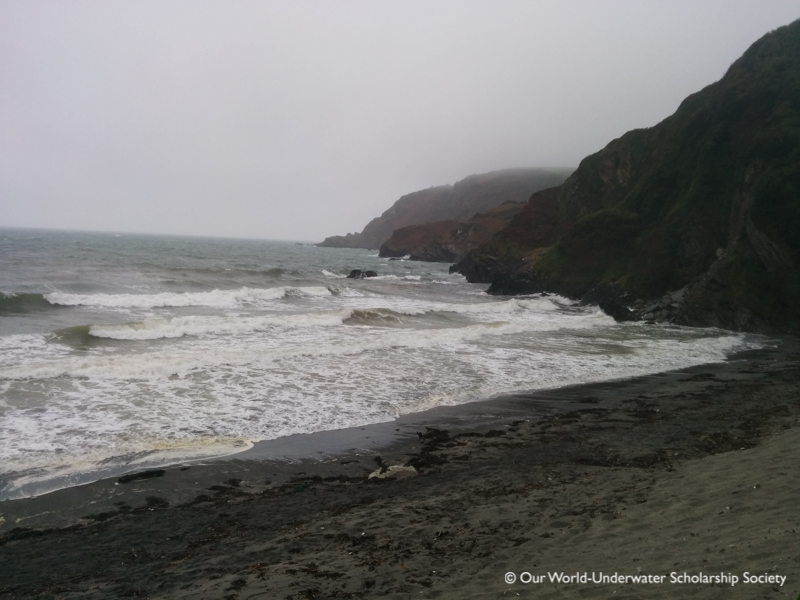
Or so I thought. I soon learnt that the beauty of diving in the south west of England is that, when the weather turns nasty down in the south, you can quite easily head to the north coast instead and dive in what should be relatively calm conditions. Before long we were prepping the dive gear, loading the cars, and on our way 30 minutes north to meet James Swain and his team at Dive Newquay.
Whilst I’d never been to Newquay before, I knew it was a town popular for its decent surf. What I didn’t know was that this small corner of Britain harboured some of the best temperate diving I’ve experienced to date! I was fortunate enough to dive on Nanny Reef and the Serecusa wreck, where the marine life was beyond abundant. Lesser spotted catsharks, spider crabs, ballan and cuckoo wrasse – all the regulars made an appearance. But it was the abundance of things I haven’t seen before that was truly impressive; a baby conger eel with a head no thicker than my thumb, three different species of nudibranch on a single dive, and actual schools of Pollock parading the reef in numbers I’d never seen in the UK. And you can imagine my excitement when I found two enormous European Spiny Lobster – a species not dissimilar to the lobsters you’d see in the tropical waters of the world, and one I had no idea even inhabited our south-western shores. Awesome!

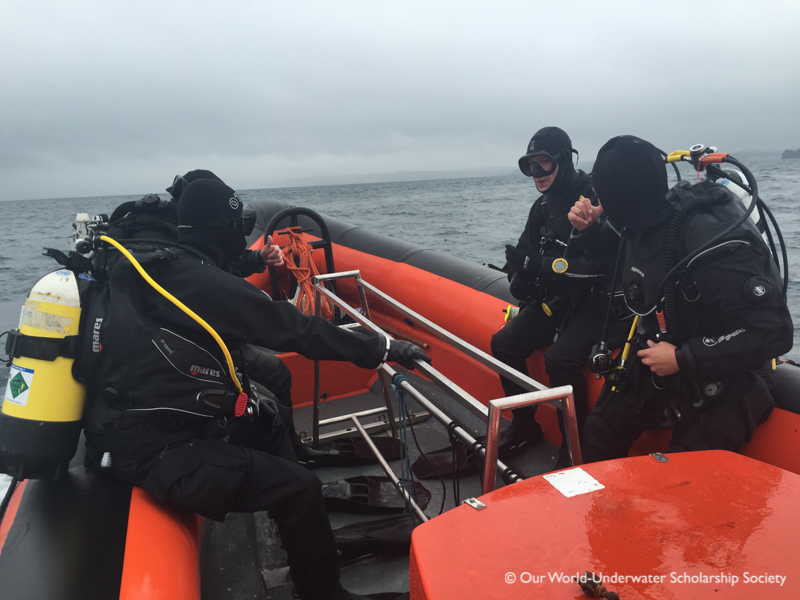
The Serecusa itself was fantastic too. Even the most devote of fish-fanatics would find it hard to not be impressed by this wreck, standing proud at around 28m. And yes, it still resembles an actual boat rather than a pile of scrap metal! All of this, coupled with a flat sea, 15m visibility, and the first time wearing my new Apeks KVR1 drysuit and dive gear, made for some truly memorable dives. And according to James, this was a pretty average few days out of Newquay!

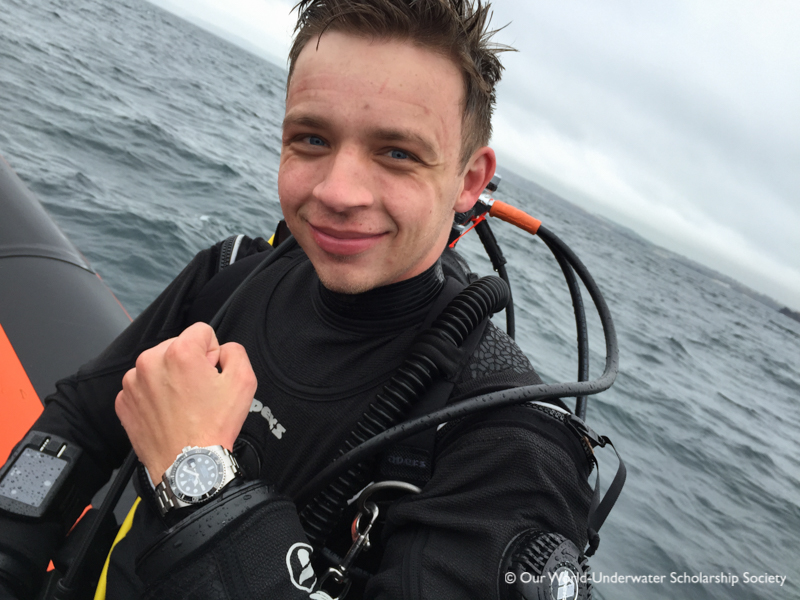
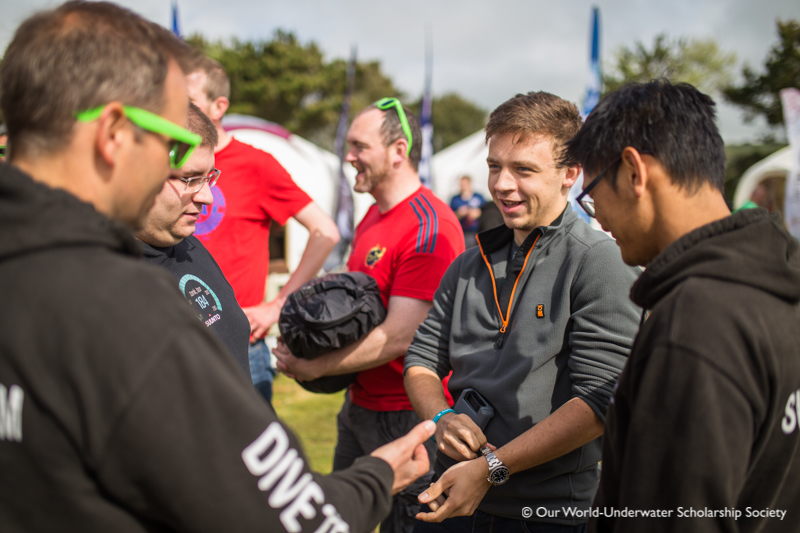
On behalf of many divers that attended this year’s ScubaFest, I’d like to thank James Swain and the folks at Dive Newquay for some absolutely fantastic diving. That weekend, the team ran a dozen trips for over 70 divers from the festival, pulling out all the stops at the last minute so that many of the divers that came to the south west could actually validate their bank holiday weekend with some underwater time. I’m delighted that I got to dive in this corner of the UK, and cannot wait to come again to see Newquay in its prime!
